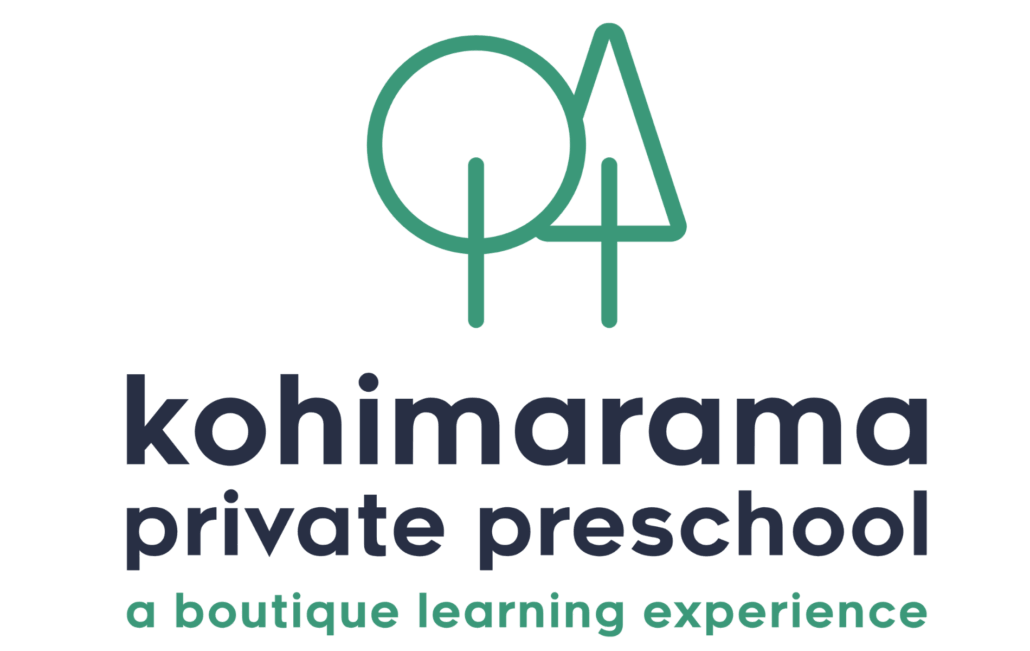Daily programme
| Programme | Activity |
|---|---|
| 8.00am | Haere Mai, welcome to children arriving Choosing time Inside | Outside flow Good Quality Learning Opportunities throughout the curriculum, focus on current topic |
| 9.15am | Ring the bell for Morning Greeting inside on the Mat Welcome, topic introduction, stories, songs, music Wash hands for Morning Tea Children are invited to join Morning Tea on the Deck |
| 9.45am | Choosing Time Inside | Outside Play Opportunities |
| 11.45am | Bell for washing hands Lunchtime |
| 12.15pm-2.30pm | Choosing Time Inside | Outside Play Opportunities |
| 12.00-2.00pm | Language Extension Programme for our older children |
| *On Thursday afternoons Rhonda-Robic’s attend between 12.30pm and 1.30pm to lead a Music and Movement session | |
| 1.30pm | Rest time for children needing a nap |
| 2.30pm | Ring the bell for Reset Pepeha with Show and Tell Afternoon Sunblock application Wash hands |
| 3.00pm | Afternoon Tea |
| 3.15pm | Free choosing time quiet activity and wind down for home |
| 4.00pm | Children help teachers pack up and clean respective spaces and prepare for home |
| 4:30pm | Farewell, take care Hei konā rā |


